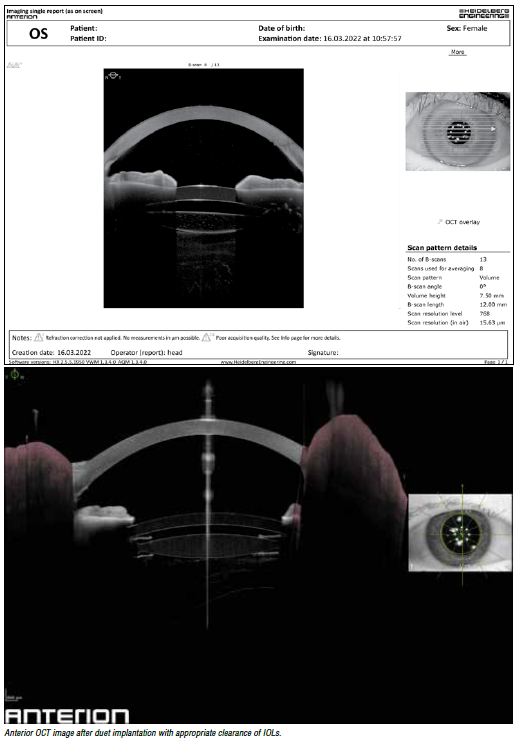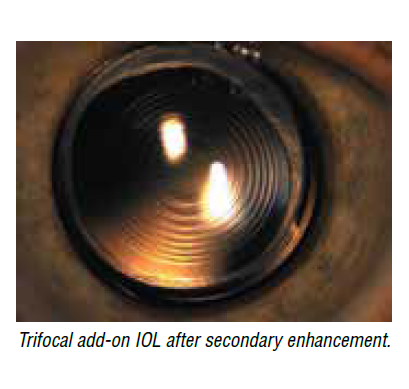Adjustable Solutions for Pseudophakic Patients
Add-on IOLs—a versatile choice for primary implantation or postsurgical enhancement. Cheryl Guttman Krader reports.

Cheryl Guttman Krader
Published: Saturday, April 30, 2022


Add-on IOLs—a versatile choice for primary implantation or postsurgical enhancement. Cheryl Guttman Krader reports.

Published: Saturday, April 30, 2022

